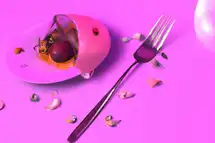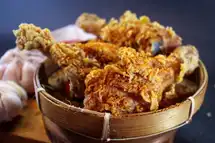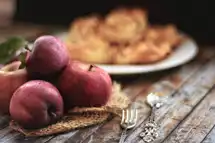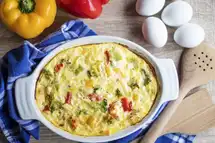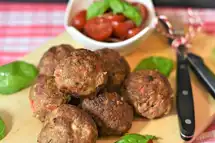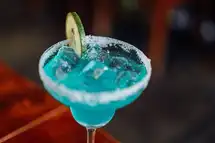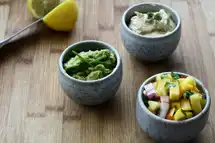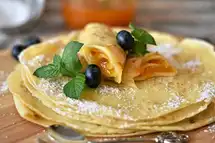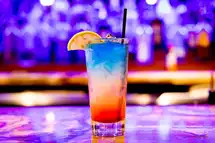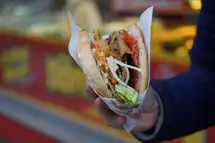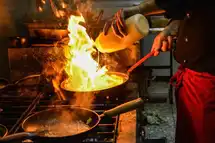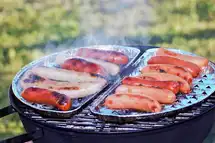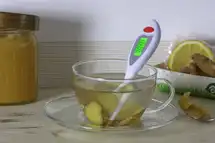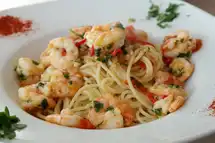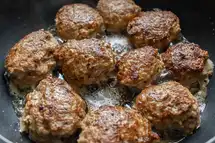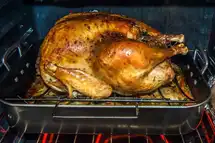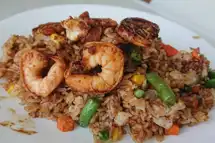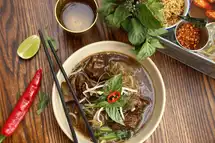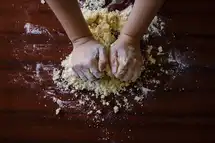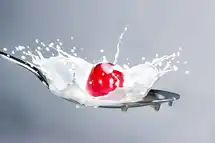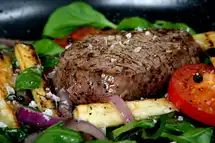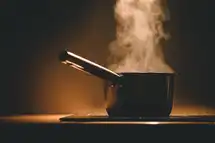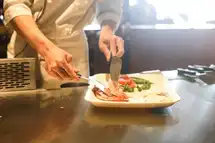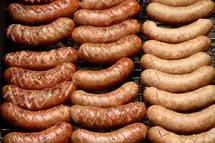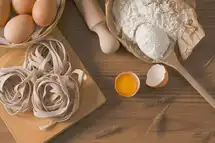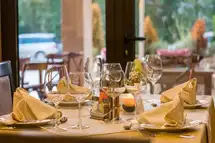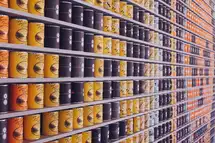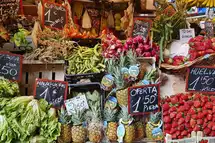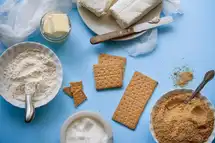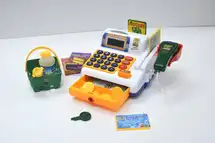What is shrimp scampi recipe?
Shrimp scampi is a popular Italian dish made with shrimp, garlic, butter, and white wine. It is typically served over pasta or rice.
Shrimp Scampi Recipe With Angel Hair Pasta Absolutely Heavenly!
How to Buy the Right Shrimp
You're home on a lazy weeknight, when you suddenly start to feel hungry. What can you whip up in minutes? You have some angel hair pasta and shrimp lying around. That's all you need for a simple, but luscious shrimp scampi pasta. This Italian-American dish is easy to make, it's packed with flavors, and what's more, it comes together in just 30 minutes.
However, nothing great can be prepared without the right building blocks. Therefore, it is imperative that you choose the right shrimp for your shrimp scampi pasta (in case you don't have any lying around).
Scampi are small crustaceans resembling lobsters, with pale pink shells. Shrimp and scampi are close kins, and shrimp was swapped for scampi by Italian cooks in America, who retained both names.
So skipping the scampi, let's look at the shrimp.
Frozen shrimp is your best bet, since fresh shrimp is uncommon and thawed shrimp lacks flavor. Moreover, frozen shrimp can retain its quality much longer.
The number of shrimp that go into making a pound is provided on the label. Smaller numbers mean bigger shrimp sizes; buy accordingly.
Avoid deveined and peeled shrimp, as cleaning before freezing causes it to lose flavor.
The next point to consider is whether to buy head-on or headless shrimp. Remember that the head-on variety can lend a crunchy texture and appetizing flavor to the dish. However, enzymes contained in the head break the flesh down quickly, making the shrimp mushy. Similarly, you have a divided house on whether to buy shrimp with or without the tail.
However, there seems to be some consensus in favor of leaving the shells on. Shelled shrimp tend to get mushy and bland. Moreover, shrimp that retain their shells are cheaper.
Avoid pre-cooked shrimp as they offer no scope to improve upon the flavor, and taste rubbery.
Don't buy shrimp that are slimy, limp, have black spots, smell like ammonia, and are falling apart. These are signs that they're not fresh.
Ensure that your shrimp has not been treated with sodium tripolyphosphate (STPP). The gloppy texture and chemical flavor of STPP-treated shrimp make them unappetizing.
Shrimp Fun Facts

- Shrimp contains an antioxidant called selenium that activates enzymes that inhibit the growth of free radicals that cause cancer. Shrimp is clearly more than just a delicious food.
- There are over 2,000 species of shrimp in the world, ranging from the tropics all the way up to the Antarctic Ocean. The most common species in the US are the Gulf Pink Shrimp, the Gulf Brown Shrimp, and the Gulf White Shrimp.
- The size of shrimp varies from one species to another. Some measure half an inch from head to tail, others are over 12 inches long. In fact, tiger shrimp can grow as long as the forearm of an adult human and they contain more meat in their tail than an average lobster.
- Most shrimp live on average of 9-18 months. But some species, such as the North Atlantic Shrimp, can survive for a whopping eight years. The lifespan of shrimp largely depends on their habitat, commercial fishing in the vicinity, and whether they are a source of food for larger marine organisms.
- Shrimp are omnivorous creatures. For food, they filter surrounding waters or sift through the floor of the ocean in search of microscopic flora and fauna. Some species consume small fish as well.
You crave seafood, but you don't want to spend too much time in the kitchen.
This shrimp scampi recipe with angel hair pasta is so easy, you'll be plating it in 30 minutes!
Ingredients for Your Shrimp Scampi Pasta
Shrimp scampi is usually made with a lot of butter, but you can actually control the butter level if you are calorie-conscious. This recipe takes a more restrained approach to the use of butter, but it still has enough to give the dish a rich flavor. The recipe's USP, however, is its olive oil that lends the dish a light taste and bright flavor.
This is one of the easiest pasta and Shrimp Recipes you'll find. Here's what you require-
- 1 pound of large, raw shrimp, deveined and peeled. (You'll have roughly 31-35 shrimp to a pound)
- 1/2 pound of angel hair pasta
- 4 teaspoons of olive oil
- 1 teaspoon of unsalted butter
- 4 cloves of finely minced garlic
- 1/4 cup of fresh and chopped parsley
- 2 tablespoons of Parmesan cheese (freshly grated)
- 1 tablespoon of fresh lemon juice
- A pinch of kosher salt
Steps to Making Your Shrimp Scampi Pasta
- Cook the angel hair pasta according to the instructions on the packet.
- Heat olive oil and butter in a skillet on medium flame. Add the finely minced garlic. Cook for three minutes. Make Sure that the garlic doesn't turn brown.
- Next, add the cleaned shrimp, salt, parsley, and lemon juice, Cook either side of the shrimp for two to three minutes till the shrimp curls and turns pink. The Food Safety and Inspection Service (FSIS) of the United States Department of Agriculture (USDA) recommends seafood be cooked to a minimum internal temperature of 145 F to prevent the growth of disease-causing microorganisms. Shrimp should be cooked till its flesh turns pearly opaque.
- Drain the angel hair pasta, and toss it with the shrimp. Add Parmesan cheese. Serve.
Serving Tips
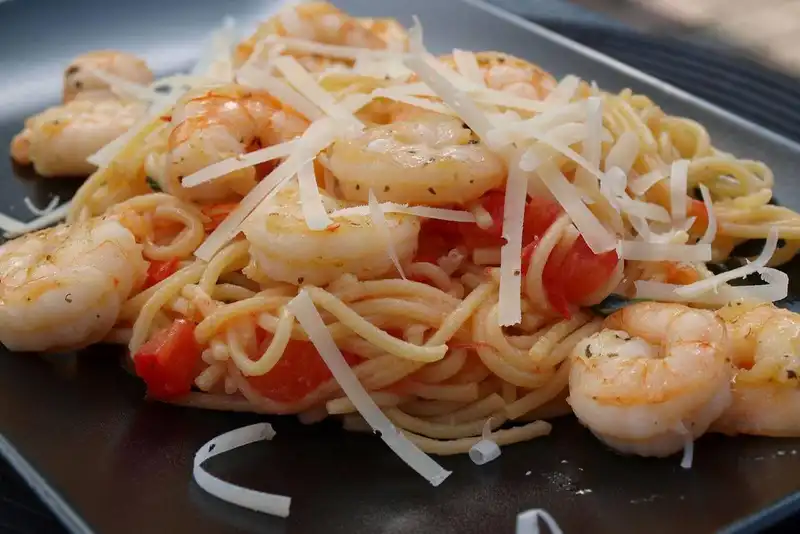
Ideally, shrimp scampi pasta should be served right after it's prepared, because the pasta tends to soak up the butter-garlic sauce pretty quickly.
If you are going to reheat the shrimp scampi in an oven, let the oven be preheated to 275 F. Lightly grease a casserole dish or baking sheet, and place the shrimp scampi on it. Splash it with water and cover with foil. Place the dish in the oven, and allow it to heat up for 10-15 minutes. The shrimp should reach an internal temperature of 125-130 F.
If using a stove, put the food in a skillet and let it heat up over medium flame. Flip over the shrimp once, after around three to five minutes.
To reheat in a microwave oven, put the shrimp on a plate that is microwave-safe. Add a splash of water to the dish. Cover and reheat. Microwave on 50% power for around two minutes until the food is heated through. Listen for popping or sputtering sounds that may indicate that the food is overheating.
(Repeated reheating should be avoided in order to preserve the nutritional value and natural flavors of the dish.)
Shrimp scampi pasta can be paired with delicious side dishes like homemade garlic toast, Caesar salad, asparagus, or roasted broccoli. If you have used wine to prepare the sauce, you may serve the same wine chilled with your shrimp scampi pasta.
You're looking for a quick and easy recipe that's filling and delicious.
Look no further than this shrimp scampi pasta recipe. It's incredibly easy and unbelievably delicious.
Storing Tips
Proper storage techniques will make sure your shrimp scampi pasta is safe for consumption later.
- If the dish is hot held to be served later, it should be maintained at temperatures above 140 F. If it is held at temperatures lower than 140 F for over four hours, it may be unfit for consumption.
- Shrimp scampi pasta can be refrigerated at 40 F or lower. Whether the dish is hot held or refrigerated, the idea is to avoid the food temperature danger zone (40-140 F), in which disease-causing pathogens become most active.
- Your shrimp scampi pasta can be stored in a sealed container in the fridge for three days. Cooked shrimp has a longer shelf-life when frozen. Freeze the cooked shrimp in an airtight vessel or a freezer bag. It can also be covered in freezer wrap or aluminum foil and then placed in the freezer. The temperature of the freezer should be 0 F or lower. When frozen properly, cooked shrimp can retain its flavor for two to three months, and remain safe for consumption even longer.
- Any perishable food item, including shrimp scampi pasta, raw shrimp, or cooked pasta must not be allowed to lie at room temperature (68-72 F) for more than two hours. However, if the ambient temperature of the place where the food is kept exceeds 90 F, the shrimp shouldn't stay out of the refrigerator longer than an hour. Furthermore, don't let it sit unused for more than six hours after it is taken out of the fridge.
- As far as thawing raw frozen shrimp is concerned, it's best to thaw it overnight in the refrigerator. Avoid thawing it under running water as that would turn the shrimp mushy and cause it to fall apart. Microwaving is not ideal too, as it can make the shrimp rubbery. Thawing in warm water or at room temperature could cause microorganisms to flourish. However, if you are really in a hurry, place the shrimp in a plastic bag, seal the bag, and dip it in cold water.
- Avoid refreezing raw shrimp to prevent bacterial growth. Defrosted raw shrimp should be used within four hours. Cooked shrimp, on the other hand, can be refrozen once.
- Keep raw shrimp away from cooked and ready-to-eat food. Use separate cutting boards for raw seafood and fresh produce.
Nutritional Benefits of This Dish
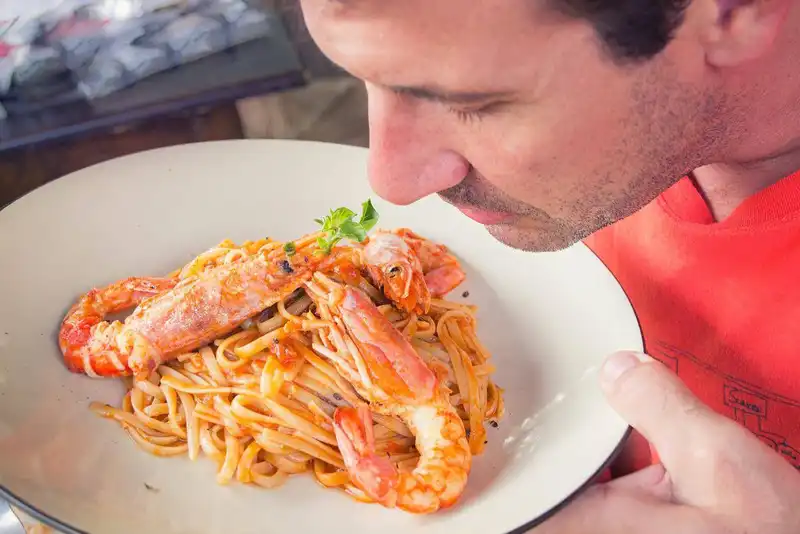
Shrimp scampi with angel hair pasta is an average-carbohydrate, average-calorie, and average-fat dish, but packs a lot of protein. Its protein content is a healthy 27.7g per serving. It provides around 10g of fat and 34.5g of carbohydrates. The dish has average levels of monounsaturated fatty acids (MUFA) and low levels of polyunsaturated fatty acids (PUFA). MUFA is a healthier fat than PUFA.
It has low sugar content too, making this shrimp scampi recipe a good choice for people looking to control their weight.
You've got a freezer full of shrimp scampi, but you don't know what to do with it.
A shrimp scampi pasta recipe is the answer. Luckily, we've got just the one for you.










